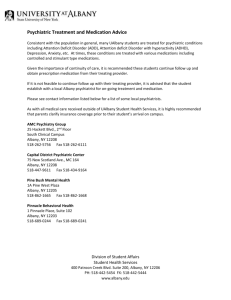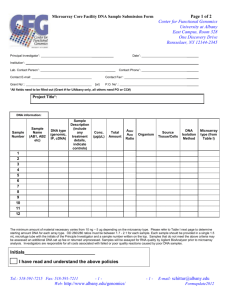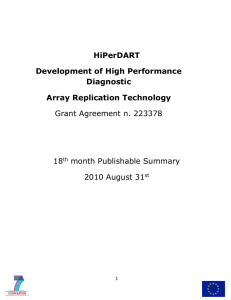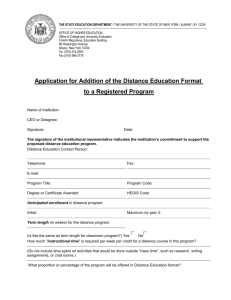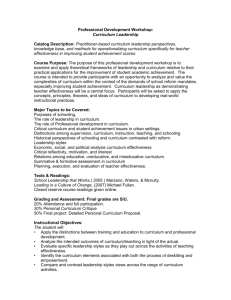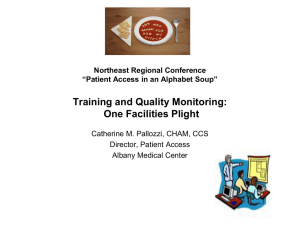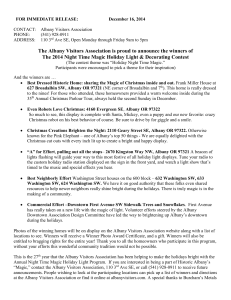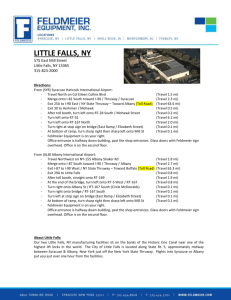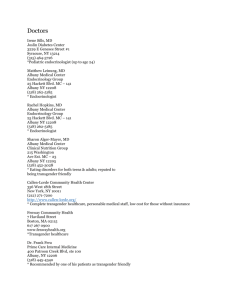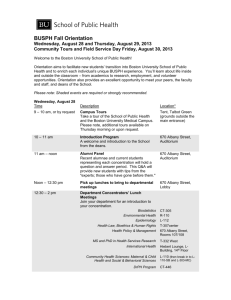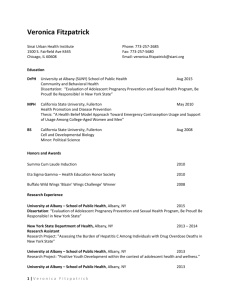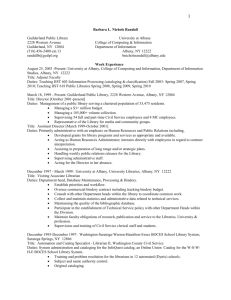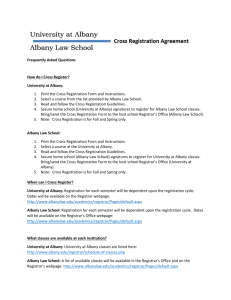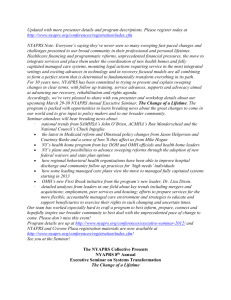Table S2. MIAME Compliance Checklist. MIAME describes the
advertisement
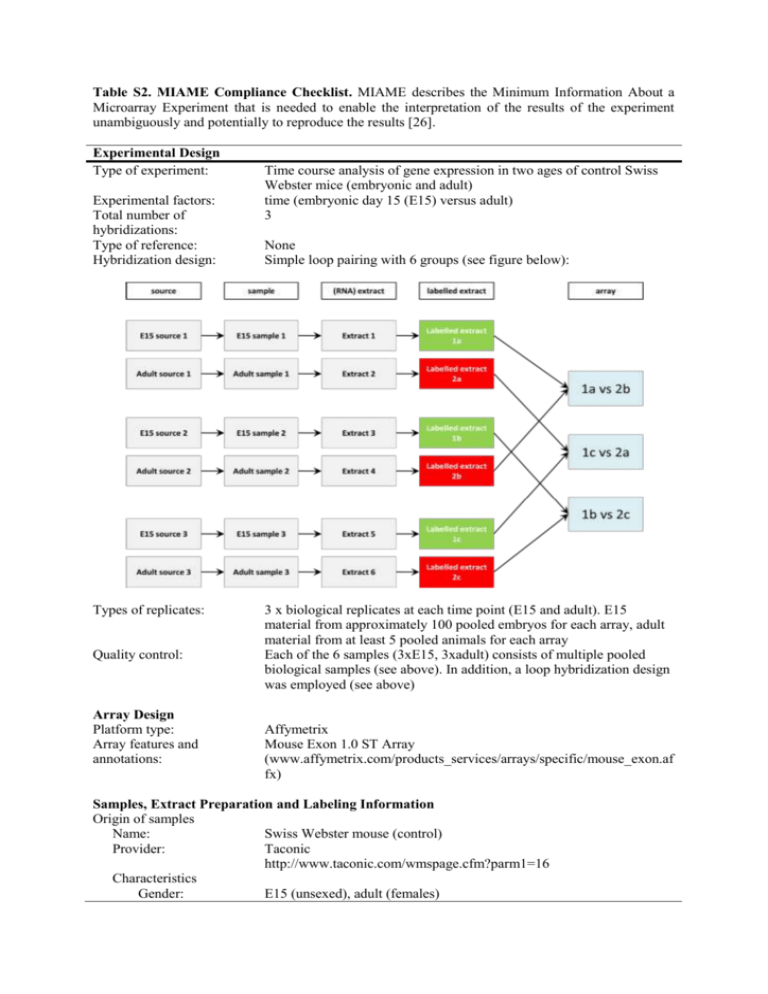
Table S2. MIAME Compliance Checklist. MIAME describes the Minimum Information About a Microarray Experiment that is needed to enable the interpretation of the results of the experiment unambiguously and potentially to reproduce the results [26]. Experimental Design Type of experiment: Experimental factors: Total number of hybridizations: Type of reference: Hybridization design: Types of replicates: Quality control: Array Design Platform type: Array features and annotations: Time course analysis of gene expression in two ages of control Swiss Webster mice (embryonic and adult) time (embryonic day 15 (E15) versus adult) 3 None Simple loop pairing with 6 groups (see figure below): 3 x biological replicates at each time point (E15 and adult). E15 material from approximately 100 pooled embryos for each array, adult material from at least 5 pooled animals for each array Each of the 6 samples (3xE15, 3xadult) consists of multiple pooled biological samples (see above). In addition, a loop hybridization design was employed (see above) Affymetrix Mouse Exon 1.0 ST Array (www.affymetrix.com/products_services/arrays/specific/mouse_exon.af fx) Samples, Extract Preparation and Labeling Information Origin of samples Name: Swiss Webster mouse (control) Provider: Taconic http://www.taconic.com/wmspage.cfm?parm1=16 Characteristics Gender: E15 (unsexed), adult (females) Table S1 continued. Samples, Extract Preparation and Labeling Information (continued) Age: E15 and adult (over 3 months) Samples: Both left and right lateral ventricular choroid plexuses Sample manipulations: Choroid plexuses dissected out under RNase-free PBS, pooled and spun to pellet tissue, then snap frozen at -80oC RNA extraction protocol: QIAGEN, Rneasy Plus Mini Kit, including QiaShredder columns, according to manufacturers protocol Hybridization protocol: Standard Agilent protocol Performed at Gen*NY*Sis Centre for Functional Genomic Microarray Core Facility, University at Albany, Albany, New York, USA Sample labeling protocol: Standard Agilent protocol. Performed at Gen*NY*Sis Centre for Functional Genomic Microarray Core Facility, University at Albany, Albany, New York, USA External controls: None Measurement Data and Specifications Scanning: GeneChip® Scanner 300 7G. Performed at Gen*NY*Sis Centre for Functional Genomic Microarray Core Facility, University at Albany, Albany, New York, USA Data files: Raw data supplied in *.CEL files, also available in tab-delimited text format Data Analysis: Gene level: Raw data was RMA (Robust Multi-Array) normalized (per chip medium), filtered to include the top 80th percentile of genes expressed (all three replicates should meet this criteria) followed by an unpaired t-test (p < 0.05, with Benjamini Hochberg false discovery rate correction). This list was then subjected to a fold-change cut off of 2 Exon level: Raw data was normalized with PLIER (Probe Logarithmic Intensity Error) with a DABG (Detection Above Background) correction (probeset) p < 0.05 and 50% of the probesets marked present in at least 50% of the samples in 2 of 2 conditions). This was followed by a splicing ANOVA, p < 0.05 with Benjamini Hochberg false discovery rate correction. This list was then filtered for a splicing index cutoff of 0.5


